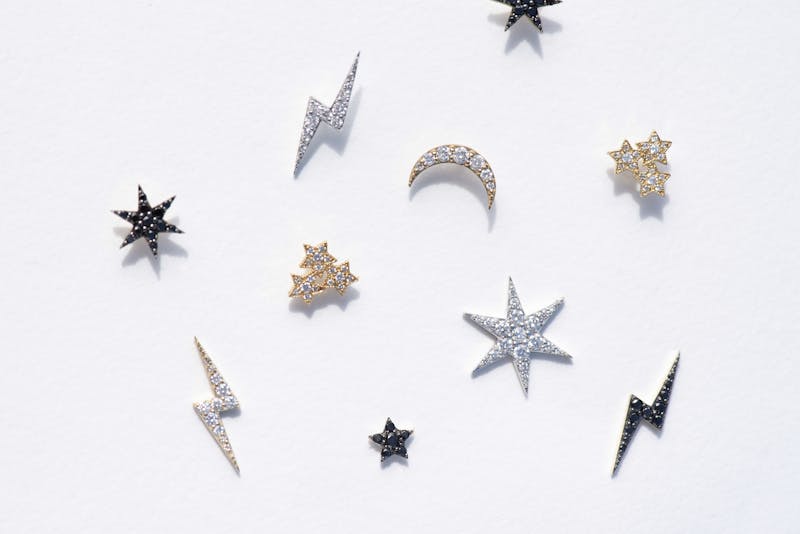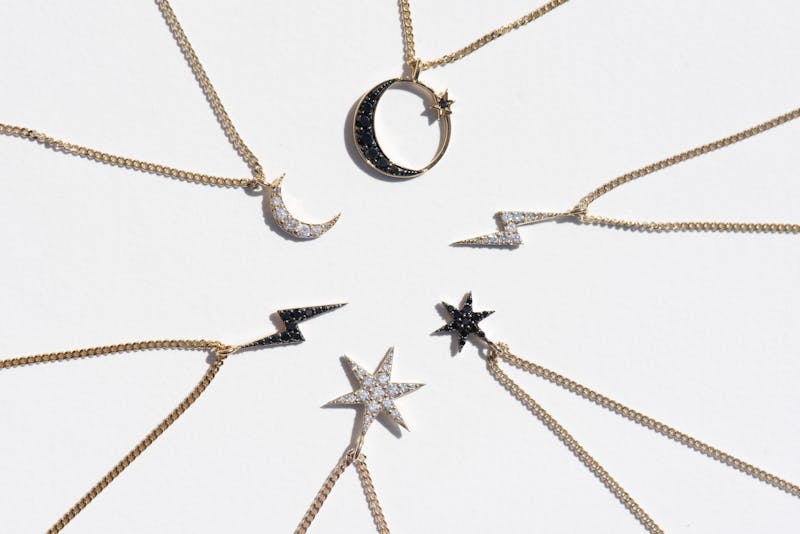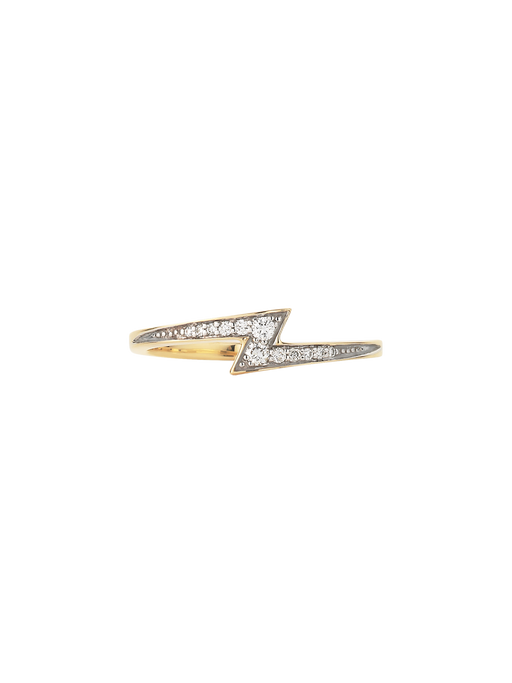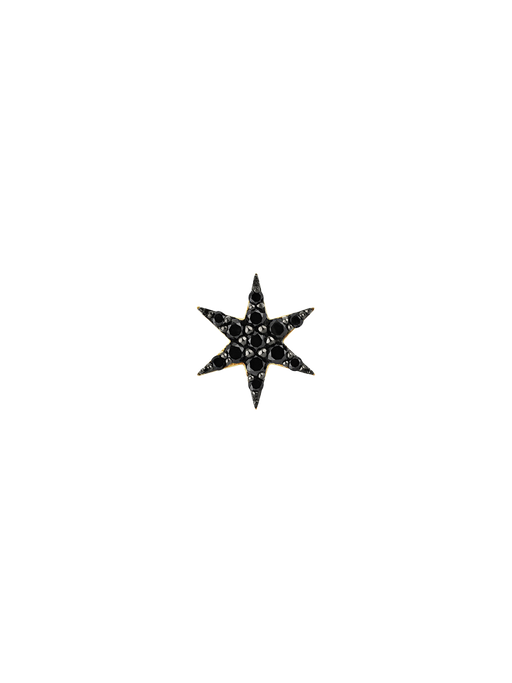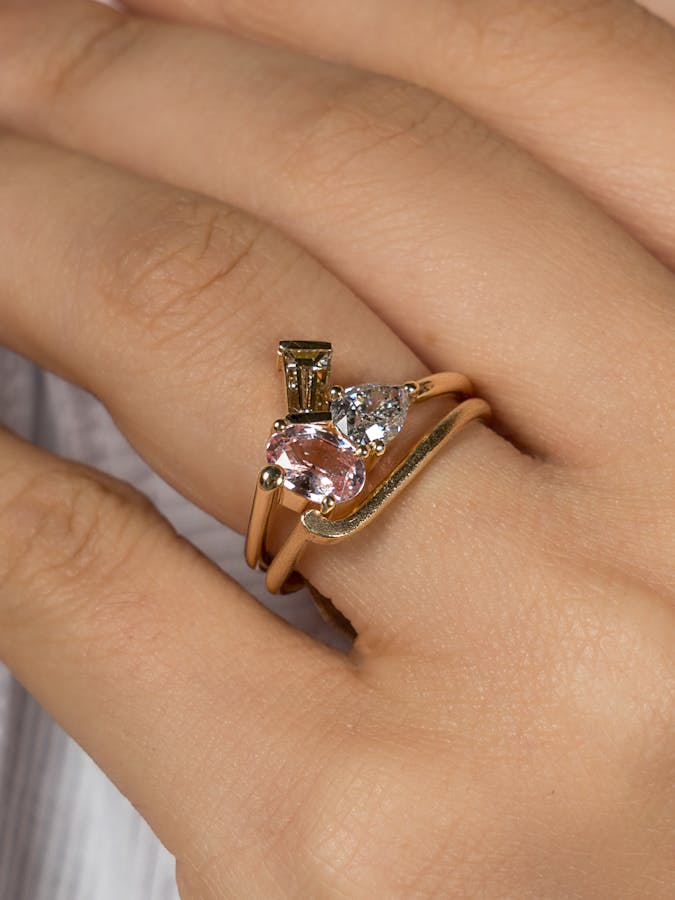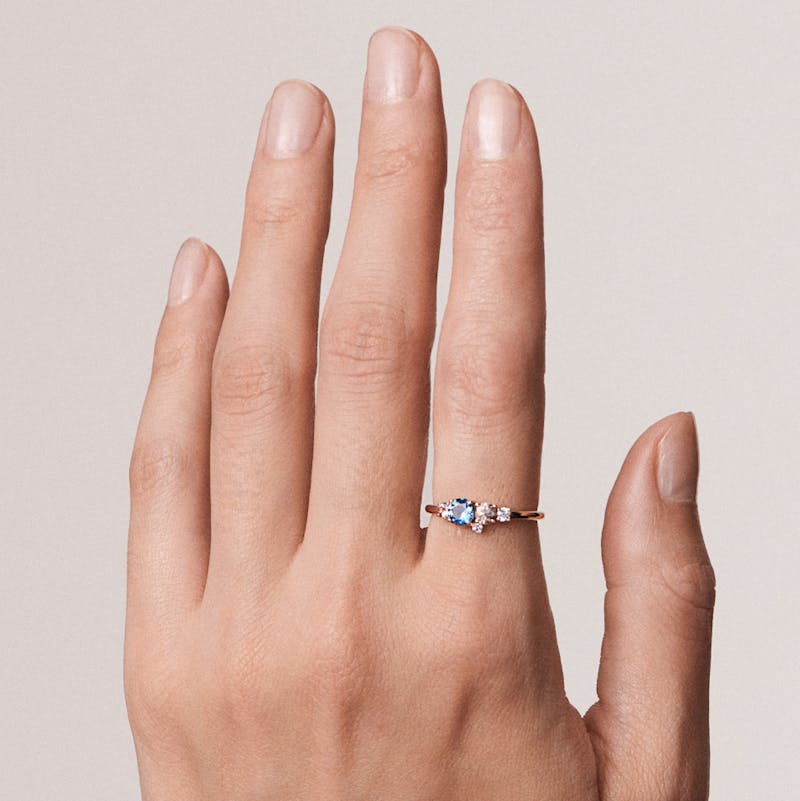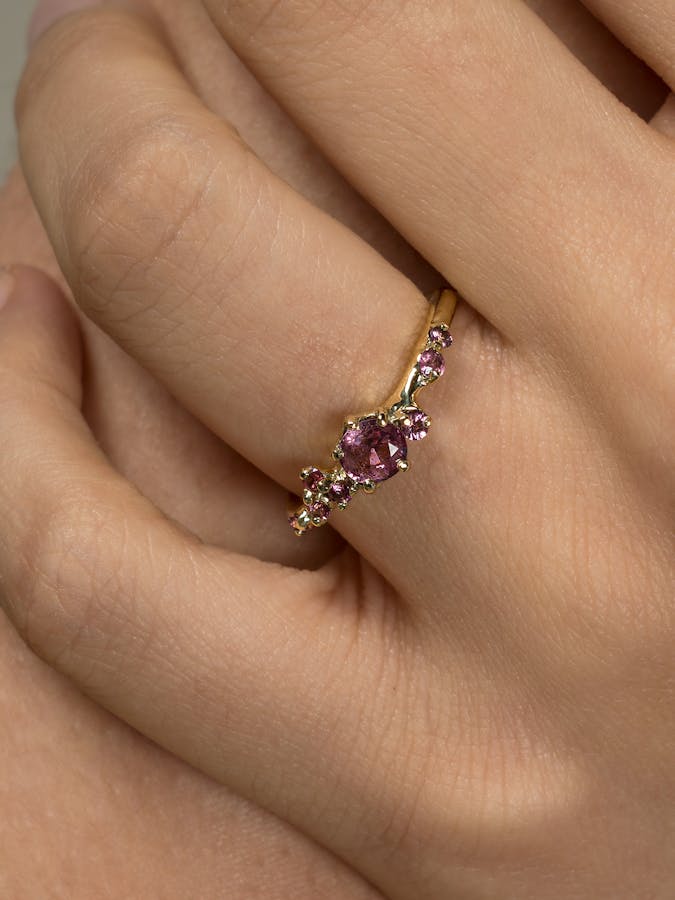On Diamonds
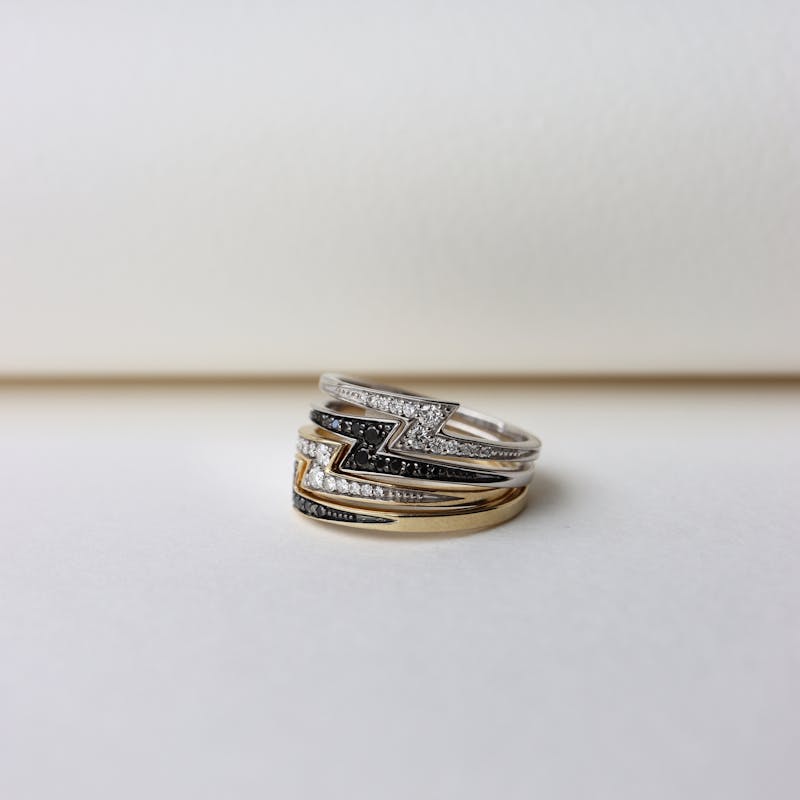
Diamonds and jewellery are a perfect pairing, and jewellery brand Zoe & Morgan make ample use of diamonds in their pieces. From black diamonds to lab-grown, we had a chat about the gemstone with Ruth in the Zoe & Morgan shop in West London.
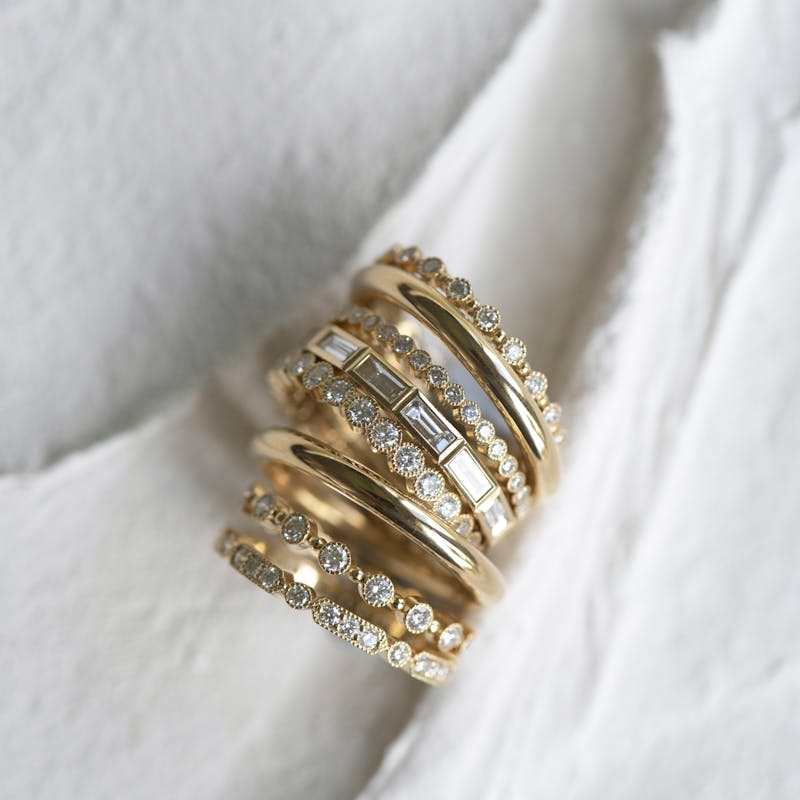
Lab grown vs natural diamonds
While Ruth explains her personal preference are natural diamonds, she argues lab grown fill a necessary gap in the market.
“For me, you can't beat something that's a billion years old. I just find they have a wow factor. But I understand that the lab grown diamonds are a lot cheaper.
“If you want a whole lot of sparkle and you don't have much money then it definitely fills that gap. Lab grown diamonds are identical to natural diamonds. They are the same thing, and they haven't been mined. For a lot of people who don't want something mined, it absolutely fills that gap.”
But while lab grown diamonds haven’t been mined, they still have sustainability issues attached to them.
Ruth says: “It takes a huge amount of energy to make them. So it’s quite difficult in terms of ethics, it really is. I think most people are on the side of lab grown either because of their aversion to mining, or because it's cheaper.”
Zoe & Morgan have “mostly worked with natural diamonds” up to now. However, she’s opened to discussing lab grown diamonds if customers are interested: “I wouldn't necessarily go through the lab road in a consultation unless they have asked for it.”
And even though their engagement rings mostly feature natural diamonds, Zoe & Morgan have just started offering lab grown pieces.
“We have just launched a couple of rings on our website with lab grown diamonds and we are going to start introducing them more because we understand that it's important to have them as an offering.
“They're kind of fun because you can play with them a little, and they've come down a lot in price.”
Black diamonds – an unusual gemstone for engagement rings
Black diamonds are sometimes known as carbonados and are one of the toughest forms of natural diamond. The black colour comes from a mixture of graphite and carbon.
While harder to cut than white diamonds, black diamonds are very long lasting. Truly natural black diamonds are very rare and expensive, which makes them a popular choice for unique jewellery.
Ruth explains: “Black diamonds are not necessarily all solid, they can be quite transparent.
“I've had some really interesting black diamonds that have a crack of a light colour coming through.
“The colour of the black diamonds is caused by a myriad of graphic inclusions, and some have been shown to show trace elements of nitrogen and hydrogen. It is believed that some of the black diamonds fell to the earth as meteorites.”
Black diamonds, while diamonds, are not classified the same way as colourless diamonds and “you can’t really get a GIA black diamond”.
On the GIA website, it is noted: “The 4Cs – colour, clarity, cut and carat weight – together with GIA’s International Diamond Grading SystemTM are the standards by which colourless to near-colourless (D-to-Z colour diamonds) are graded. Black diamonds fall outside this colour range, so their colour is evaluated based on GIA’s colour grading system for coloured diamonds.
“What’s more, because black diamonds are opaque – and, in most cases, heavily included – they cannot be graded on the GIA clarity scale. Likewise, because there is no variation in the tone and saturation of a black diamond (unlike their pink, yellow, or blue counterparts), only the single grade term Fancy black is used. Consequently, GIA does not issue grading reports for these diamonds. Instead, GIA issues a Coloured Diamond Identification and Origin Report. In this report, such diamonds are described as fancy black and their colour is noted as either natural or treated.”
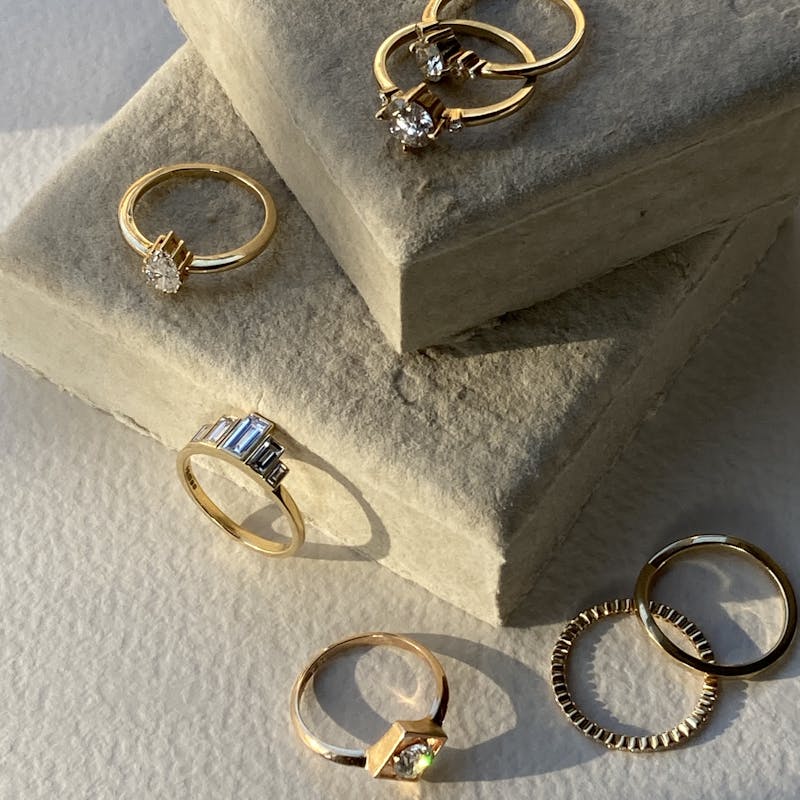
It’s also worth understanding that “most of the black diamonds sold for jewellery and engagement rings have been treated to induce the colour.
“Many begin as grey, heavily included and fractured diamonds that are subjected to high temperature/ low pressure treatment, which graphitises the fractures, turning them black. Artificial irradiation of off-colour diamonds can also produce a green so dark the diamond appears black.”
Ruth says she sources Zoe & Morgan’s black diamonds from her Indian cutters. “They often have a rose cut. They have more of a natural look, I'd say, but they reflect the light off the surface amazingly.
“Because light can't penetrate through the black diamond, what you want is for the cut on the surface of the stone to be interesting… Forget about what's underneath because you're not going to see it. And that's where a rose cut, which is an old Indian style of cutting, works so well on a black diamond. It has all those facets on top and then it reflects the light beautifully.”
Diamonds are not the only gemstones that can be used for engagement rings and everyday wear jewellery. While there are alternative stones, diamonds themselves offer a range of options. From natural to lab-grown, colourless, black or fancy colours, diamonds are a versatile gemstone worth considering when planning to buy an engagement ring.
